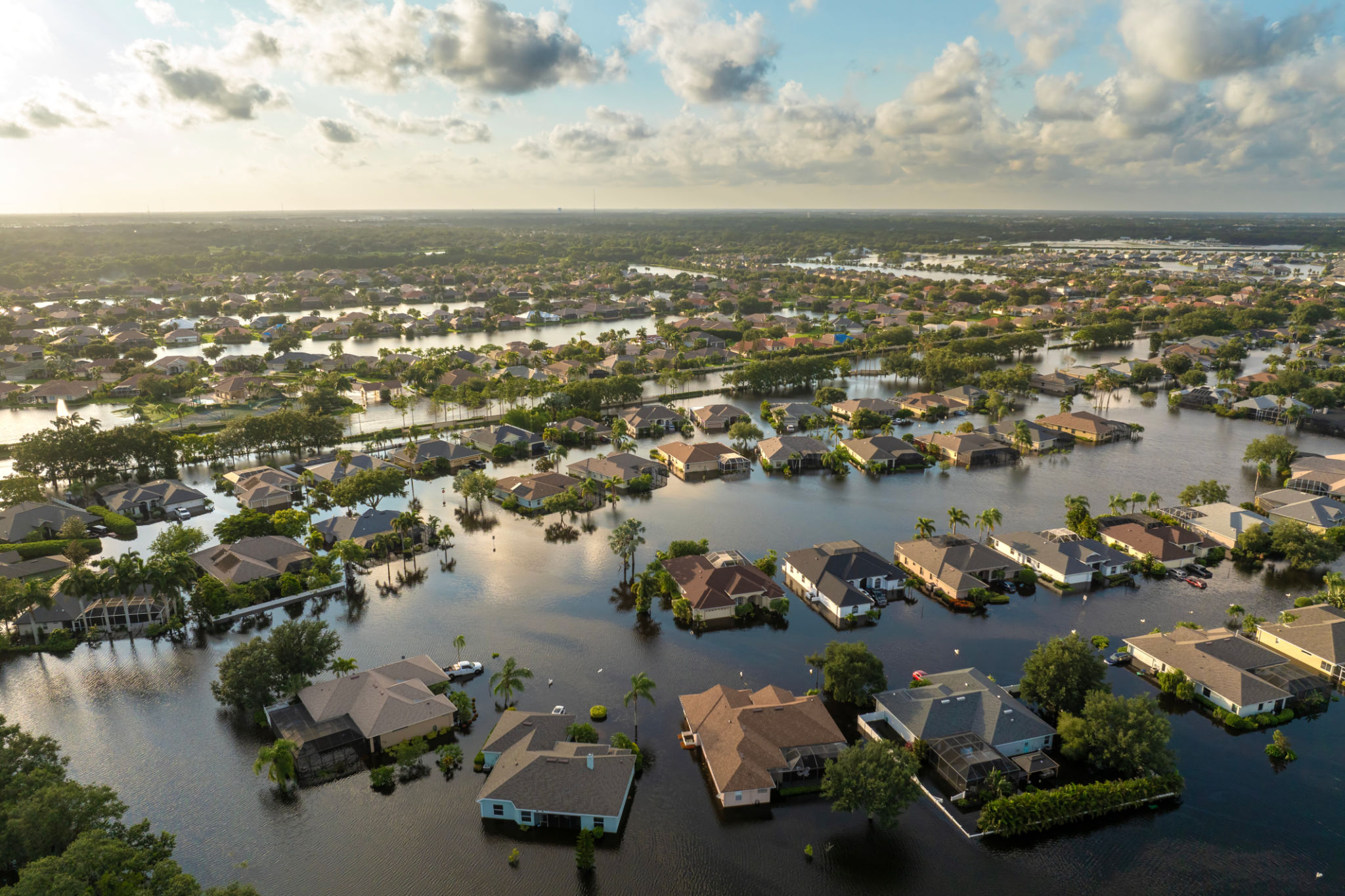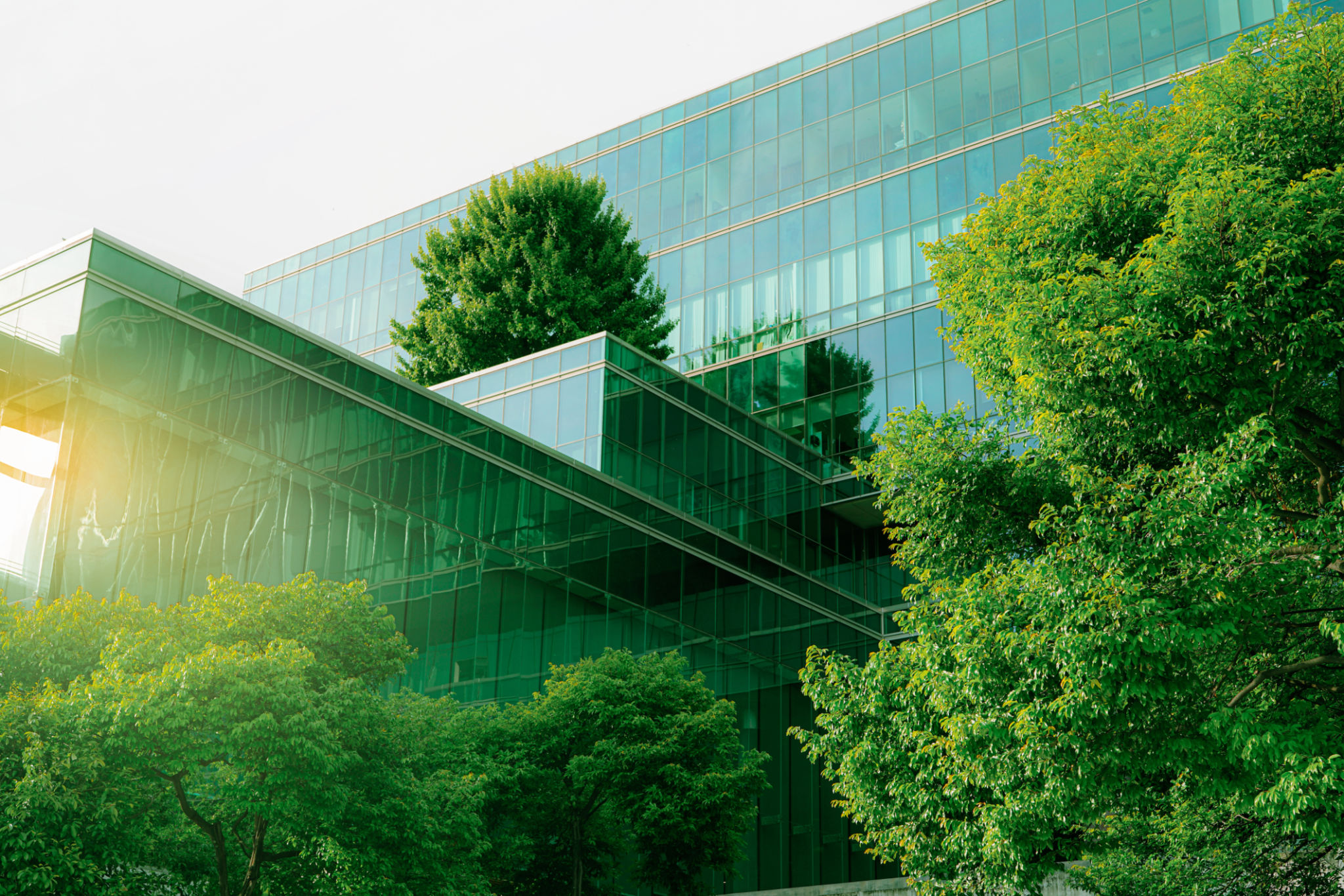Choosing the Right Construction Materials for Florida's Climate
Understanding Florida's Unique Climate
Florida's climate is known for its warmth and humidity, with frequent rain and the occasional hurricane. These conditions can be challenging for construction, making the choice of materials critically important. When building in Florida, it is essential to select materials that can withstand these elements while maintaining structural integrity and aesthetic appeal.

Moisture Resistance is Key
Due to the high humidity levels and heavy rainfall in Florida, moisture resistance is a crucial factor when choosing construction materials. Materials that absorb moisture easily can lead to mold growth, structural damage, and costly repairs. Opt for materials like concrete, which is known for its excellent durability and moisture resistance.
Additionally, consider using treated wood for any structures exposed to the elements. Treated wood is designed to resist decay and insect damage, making it a more suitable choice for external applications.
Heat Tolerance and Energy Efficiency
The hot Florida sun can significantly impact the energy efficiency of a building. Choosing materials with high heat tolerance and reflective properties can help reduce cooling costs. Light-colored roofing materials, for example, reflect more sunlight than darker ones, helping to keep buildings cooler.

Insulation is another critical consideration. Using materials that provide excellent thermal insulation can keep indoor spaces comfortable without over-relying on air conditioning systems. Products like spray foam insulation or insulated concrete forms are effective choices for maintaining energy efficiency.
Wind and Hurricane Resistance
With the possibility of hurricanes and strong winds, it is vital to select materials that offer strong wind resistance. Reinforced concrete and steel are both excellent choices for withstanding high wind speeds. Investing in impact-resistant windows and doors is also a wise decision to protect against debris during storms.

Furthermore, consider designing structures with aerodynamic features that allow wind to flow around the building rather than against it. This design approach can reduce pressure on the structure and enhance its overall resilience.
Sustainability and Environmental Impact
Sustainability is becoming increasingly important in construction. Choosing environmentally friendly materials not only benefits the planet but can also improve a building's energy efficiency and indoor air quality. Look for materials with certifications like LEED or Energy Star that indicate a lower environmental impact.
Recycled materials, such as reclaimed wood or recycled metal, are excellent options for eco-conscious builders. These materials reduce waste and often consume less energy during their production compared to new materials.
Conclusion: Making Informed Choices
Choosing the right construction materials for Florida's climate involves considering several factors: moisture resistance, heat tolerance, wind resistance, and sustainability. By prioritizing these elements, builders can create structures that are not only durable and energy-efficient but also capable of withstanding Florida's unique weather challenges.
Ultimately, consulting with local experts and staying informed about the latest material innovations can further guide decisions, ensuring that every project meets the demands of both the climate and modern construction standards.